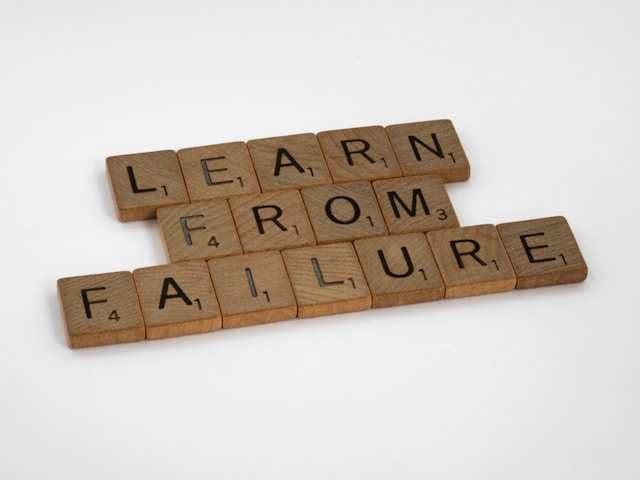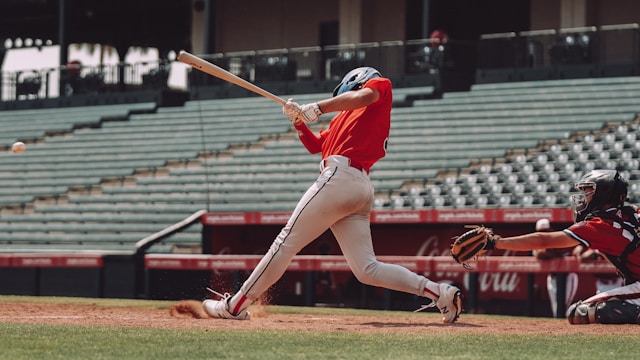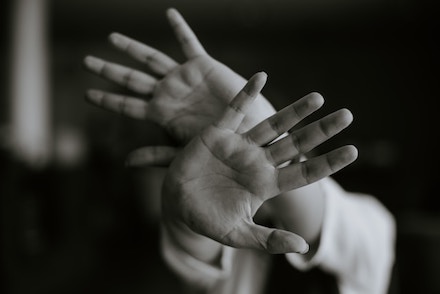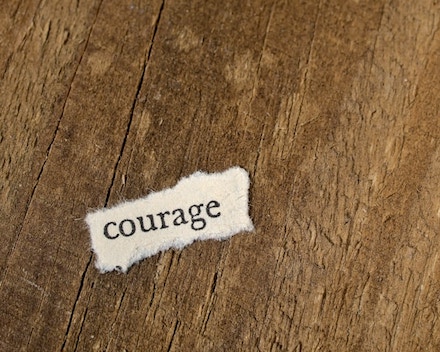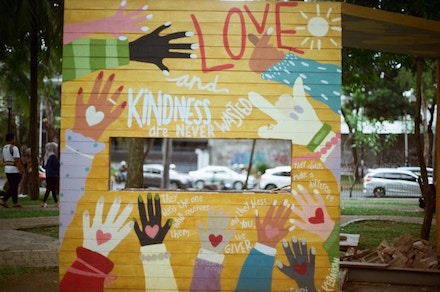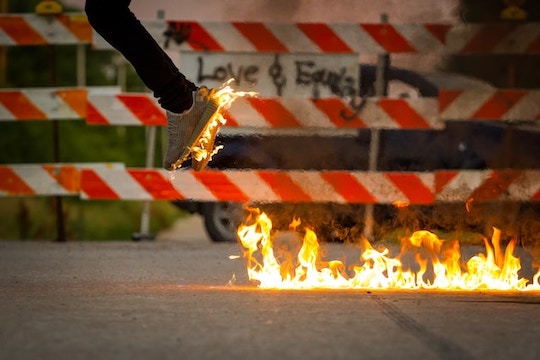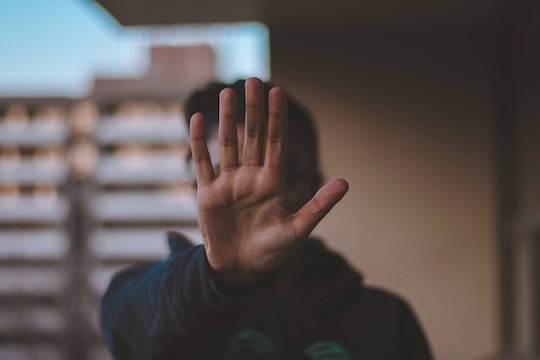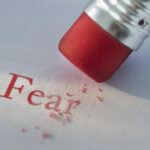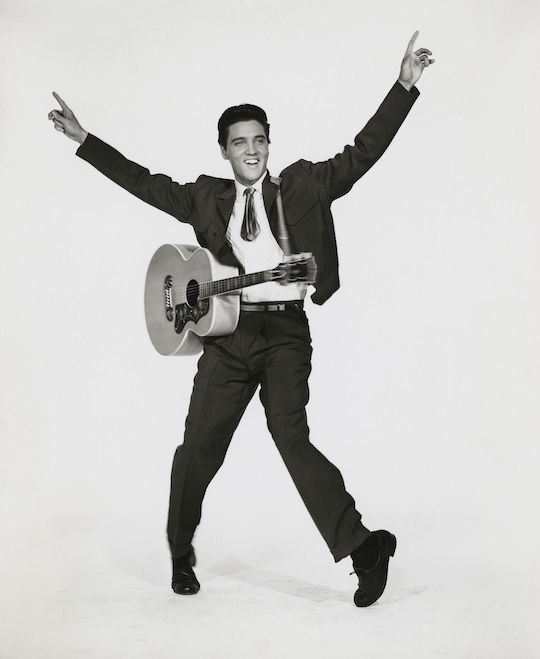“I used to be afraid of failing at the things that really mattered to me, but now I’m more afraid of succeeding at the things that don’t matter.”
—Bob Goff, American lawyer, speaker, and author
Many people believe that failure is the enemy. They shrink back, terrified of falling short in pursuits that they deeply desire. This fear keeps them frozen — hesitant to take risks, hesitant to really live.
Turning this idea on its ear, perhaps the real danger isn’t just in failing — but in succeeding at the wrong things.
What good is climbing higher if your ladder is leaning against the wrong wall?
Real failure is neglecting the efforts that make us come alive. Real success is measured in meaning not metrics.
EXERCISE:
Where might stumbling towards what matters — rather than sprinting confidently toward what doesn’t — make the biggest difference in your personal or professional life?

